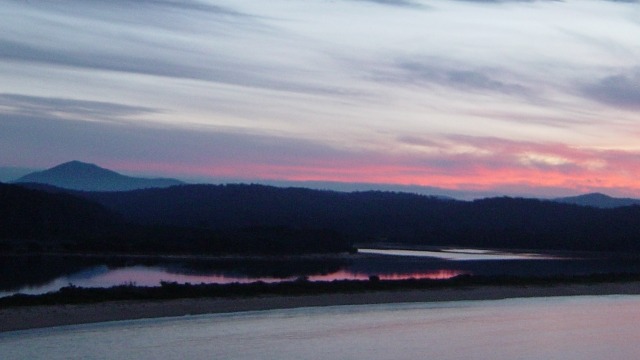Art Forum: The Bundian Way
Date & time
Location
SHARE

The Bundian Way: does an ancient Aboriginal pathway have any artistic relevance in the high-speed 21st Century?
The Bundian Way is an ancient Aboriginal pathway that had long been championed by the Eden Local Aboriginal Land Council. The route was determined after a process of historical research, walking, consultation and physical survey. Two thirds of it lies in national parks and state forests. The remainder mostly follows old road reserves. On 18th Jan 2013 the Bundian Way was listed on the NSW State Heritage Register for its cultural and shared history values. The 265km route displays a remarkable diversity of scenic landscapes, ranging from Targangal (Mt Kosciuszko) through Nurudj Djurung (the lower Snowy River) and across the southern edge of the treeless plains of the Monaro to the tall forests of the southern ranges and Bilgalera on Twofold Bay. Certain parts could be regarded as Aboriginal cultural landscape. Many have already found its extreme variety of landscapes to be inspiring. But there’s a lot more to it than that. Its artistic roots run deep. How can the connections it makes be relevant in the high-speed 21st Century?
John Blay, writer, historian and naturalist, has written extensively about the bush of SE NSW, its history and its people in prose, drama and poetry. In 1982/3, during a long sojourn in the wild back country of the Deua and Brogo Rivers, he began undertaking the field researches and following old Aboriginal routes of the region, work that has continued. Since 2001, with the assistance of two national history research awards, he has been involved full time in the South East Forests of NSW with local Aboriginal communities, and continued to write about the old pathways. He is the Bundian Way Project Officer for Eden Local Aboriginal Land Council and acknowledges the close support he has had at all times during the project.











